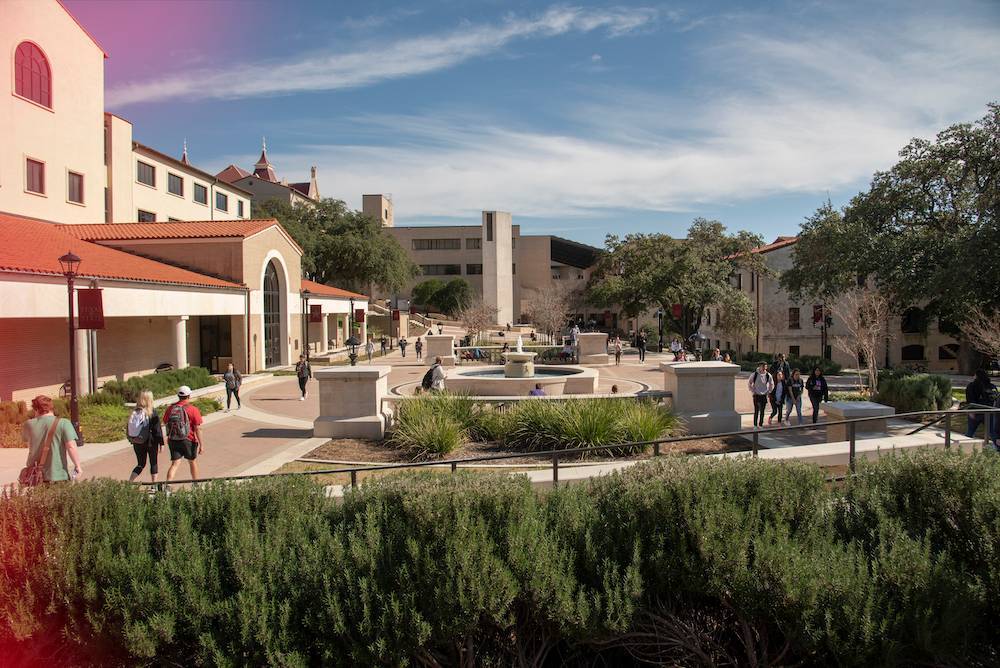Biography and education
I was born and raised in Austin, TX. I completed a degree in photography and graphic design (Photocommunications) at St. Edwards University, Austin, TX, in 2002. In 2005 I enrolled in the undergraduate Anthropology program at the University of Texas at Austin to complete two years of coursework to prepare me to continue my graduate education in anthropology with a focus in archaeology. In 2007 I was accepted to the Ph.D. program at Texas A&M University in College Station, TX, as a student in the Center for the Study of the First Americans. I completed the M.A. degree and thesis titled "A Behavioral Analysis of Clovis Point Morphology Using Geometric Morphometrics" in 2010 and the Ph.D. degree and dissertation titled "Paleoindian Technology in Beringia—A Technological and Morphological Analysis of the Northern Fluted-Point Complex" in 2015.
Teaching Interests
Research Interests
Featured grants
- Krause, Samantha Marie (Principal), Radoman-Shaw, Brandon Gregory (Co-Principal), Smith, Heather Lynn (Co-Principal), Wernette, Shelly Jean (Co-Principal), Kilby, James David (Co-Principal). EMBRACE-EAR-Growth: From Places to Peoples: A survey of geological materials and human-environment interaction on the Edwards Plateau that prioritizes student learning., National Science Foundation, Federal, $400000. (Submitted: May 15, 2024). Grant.
- Smith, Heather Lynn (Principal). Geoarchaeological Coring at Spring Lake, San Marcos, Texas, University Research Enhancement Program, Texas State University, $8000. (Submitted: October 13, 2020, Funded: January 2021 - May 31, 2022). Grant.
- Smith, Heather Lynn (Principal). BLM-New Mexico, Rockshelter Site and Artifact Preservation, Protection and Study, Bureau of Land Management, New Mexico, Federal, $55192. (Funded: August 24, 2020 - August 30, 2023). Grant.

Featured scholarly/creative works
- Smith, H. L., & Goebel, T. (2018). Origins and spread of fluted-point technology in the Canadian Ice-Free Corridor and eastern Beringia. Proceedings of the National Academy of Sciences, 115(16), 4116–4121. https://doi.org/10.1073/pnas.1800312115
- Kilby, J. D., Lohse, J. C., Smith, H. L., & Rademaker, K. (2025). The Earliest Lithic Traditions of the Pacific Coast of the Americas: A High-Altitude View as of 2025 (Древнейшие каменные традиции тихоокеанского побережья Америки). In VIII International Symposium "Pacific Archaeology: Problems of Theory and Practice (pp. 99–110). Vladivostok, Russia: Far Eastern Federal University.
- Smith, H. L., Jennings, T. J., & Smallwood, A. M. (2024). The Third Dimension of Stone Points: 2D vs. 3D Geometric Morphometric Shape Analysis. Archaeological and Anthropological Sciences.
- Smith, H. L. (2023). Clovis Lifeways Set in Stone: The Contribution of Fluted-Point Morphological Variation. PaleoAmerica. https://doi.org/10.1080/20555563.2023.2268999
- Smith, H. L., & Smallwood, A. (2023). Current Research from Center for the Study of the First Americans Scholars. PaleoAmerica, 9(4). https://doi.org/10.1080/20555563.2023.2291601
Featured service activities
- Organizer
San Pedro Cemetery Remote Sensing Project
- Editor
PaleoAmerica
- Member
General Education Council
- Member
Graduate Council, Texas State University
- Graduate Advisor
MA Coordinator, Department of Anthropology, Texas State University
- Member
Anthropology Curriculum Committee, Department of Anthropology, Texas State University.

